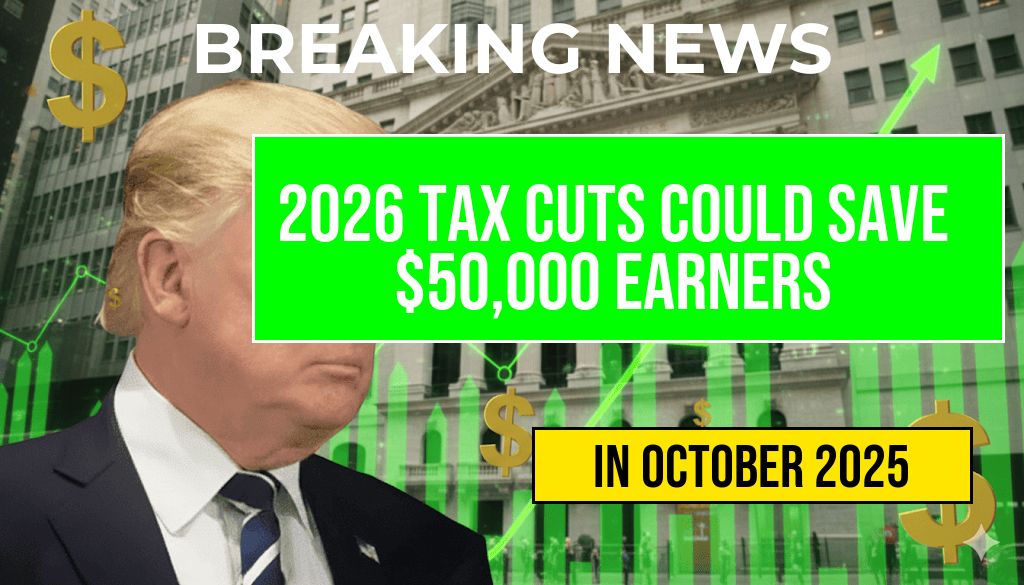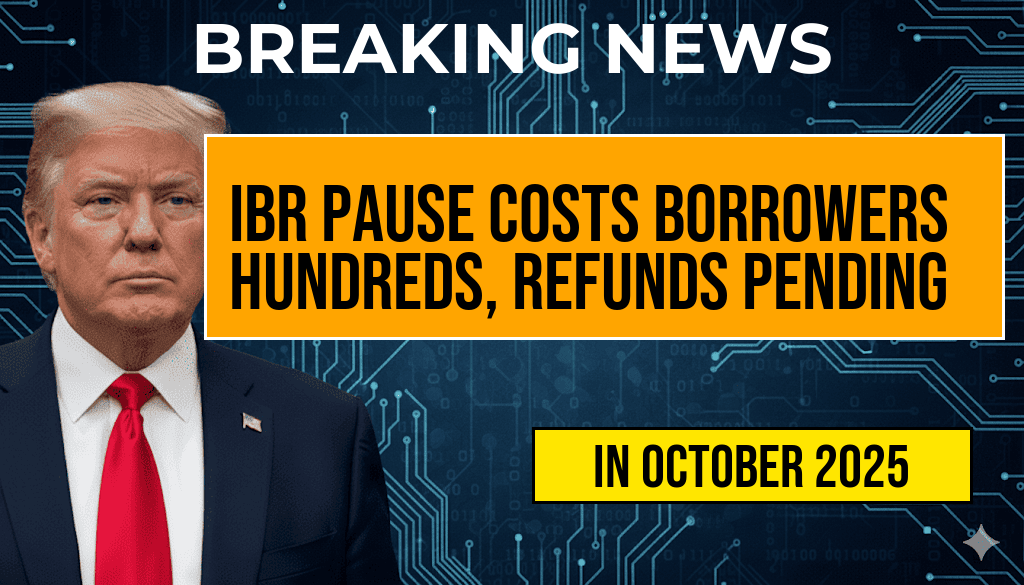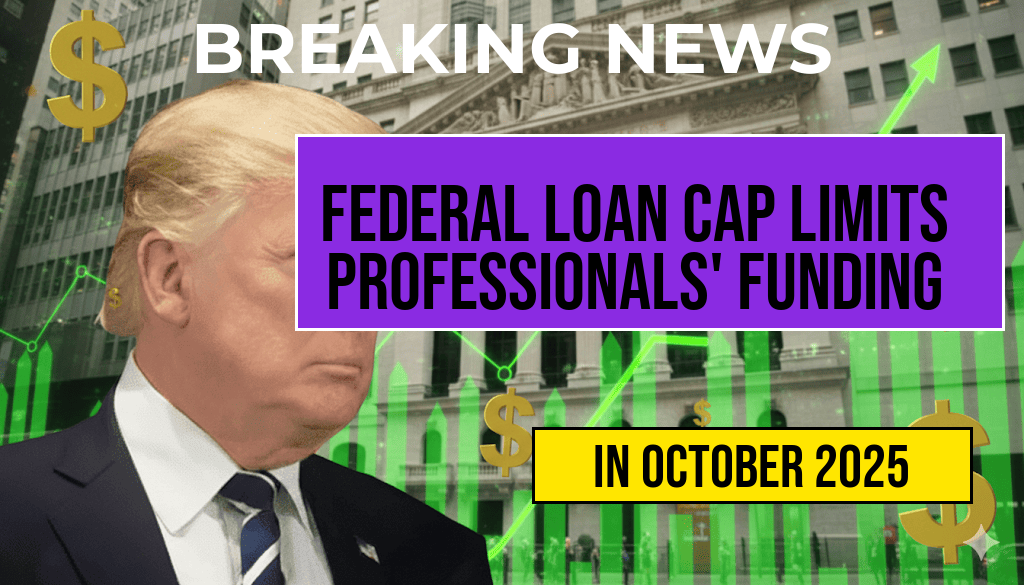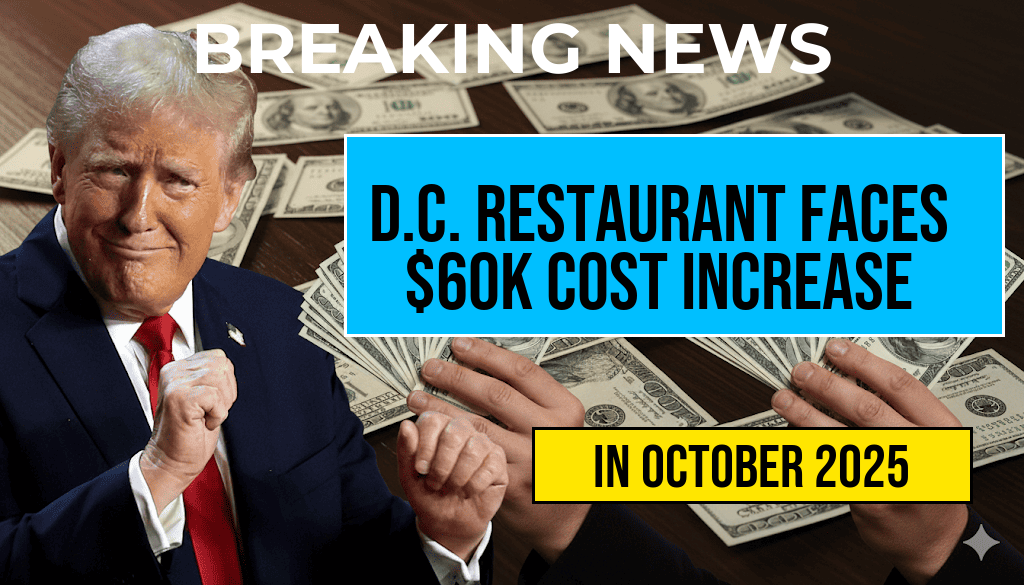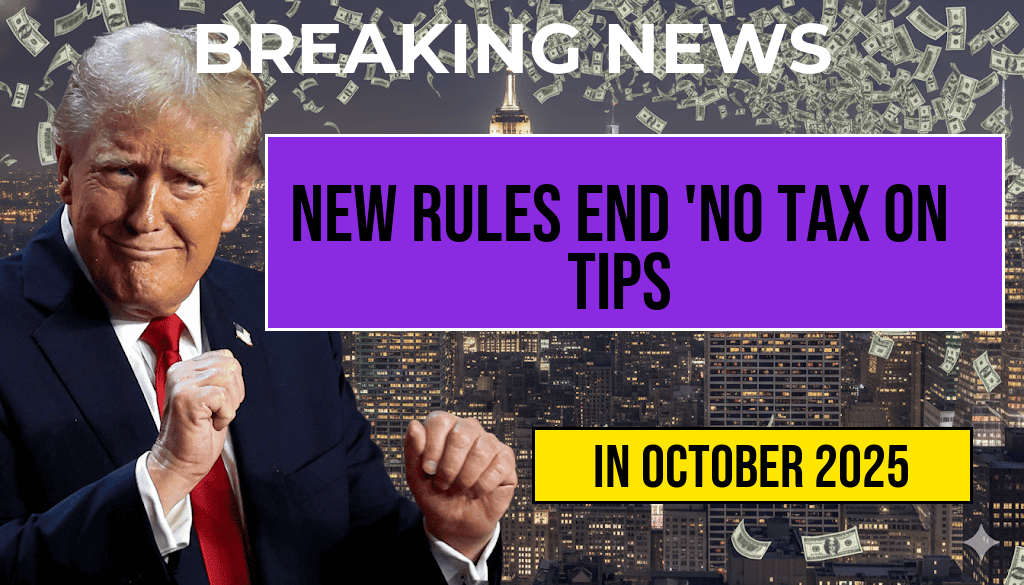As the United States approaches the 2026 tax year, projected changes to tax brackets may lead to significant savings for middle-income earners. According to recent analyses, individuals earning around $50,000 could see their federal income tax rates drop to 12%, a shift that could translate into hundreds of dollars saved annually. With the current tax landscape continuously evolving, these adjustments are garnering attention as potential relief for taxpayers navigating the complexities of income taxation. This article explores how the revised brackets could impact earners, alongside insights into the broader implications for the U.S. economy.
Understanding the New Tax Brackets
The proposed tax brackets for 2026 are designed to provide a more equitable tax structure, especially for those in the middle-income range. The top federal income tax rate is expected to decrease from 22% to 12% for individuals earning between $40,526 and $86,375. This change represents a significant shift aimed at alleviating the financial burden on average earners.
Projected Impact on Taxpayers
For individuals making $50,000, the implications of the new tax rates are substantial. Here’s a breakdown of how the changes could affect taxpayers:
| Income Level | Current Tax Rate | Projected 2026 Tax Rate | Estimated Tax Owed |
|---|---|---|---|
| $50,000 | 22% | 12% | $6,000 |
Under current regulations, a $50,000 earner would pay approximately $11,000 in federal taxes, but with the new tax structure, that obligation could drop to around $6,000. This difference of $5,000 represents a major financial relief for many families and individuals.
Broader Economic Implications
The reduction in tax rates for middle-income earners could have wider effects on the economy. With more disposable income, taxpayers may increase spending, which in turn could stimulate local businesses and drive economic growth. Additionally, this tax relief could encourage savings and investment, fostering a more resilient economy.
- Increased Consumer Spending: With more money in their pockets, consumers are likely to spend more on goods and services.
- Investment Opportunities: Tax savings could lead to increased investment in retirement accounts and other financial vehicles.
- Local Business Growth: As spending increases, local businesses could see a boost in revenue.
Considerations for Future Tax Policy
While the projected tax changes are promising for many, they also raise questions about long-term fiscal policy and sustainability. Experts argue that reducing tax rates could lead to budgetary challenges, particularly in funding essential government services. Balancing tax relief while ensuring adequate public funding will be a critical point of discussion as the 2026 tax year approaches.
Public Sentiment and Political Response
Public reaction to the proposed changes has been mixed. Supporters argue that lower tax rates are essential for economic recovery and alleviating financial pressure on families, while critics caution that such measures could exacerbate income inequality or lead to funding shortfalls for vital programs.
Political leaders will need to consider these factors as they engage in discussions about the future of tax policy. The evolving landscape of taxation underscores the importance of ongoing dialogue between lawmakers, economists, and the public.
Resources for Further Information
For those seeking more information about the projected tax changes and how they might affect individual finances, a variety of resources are available:
As taxpayers prepare for the potential changes ahead, understanding the nuances of the tax code will be essential for making informed financial decisions.
Frequently Asked Questions
What are the projected 2026 tax brackets?
The projected 2026 tax brackets indicate that the top rate will drop to 12%, providing potential savings for many taxpayers.
How will the decrease in the top tax rate affect taxpayers earning $50,000?
Taxpayers earning $50,000 could see significant savings due to the decrease in the top tax rate to 12%, potentially saving them hundreds of dollars.
When will the new tax brackets take effect?
The new tax brackets are expected to take effect in 2026, impacting the tax obligations of millions of Americans.
Why is it important to pay attention to tax bracket changes?
Understanding tax bracket changes can help individuals and families plan their finances better and optimize their tax savings for the upcoming years.
What should taxpayers do to prepare for the 2026 tax changes?
Taxpayers should review their current financial situation and consider adjusting their tax planning strategies to maximize benefits from the projected changes in 2026 tax brackets.

